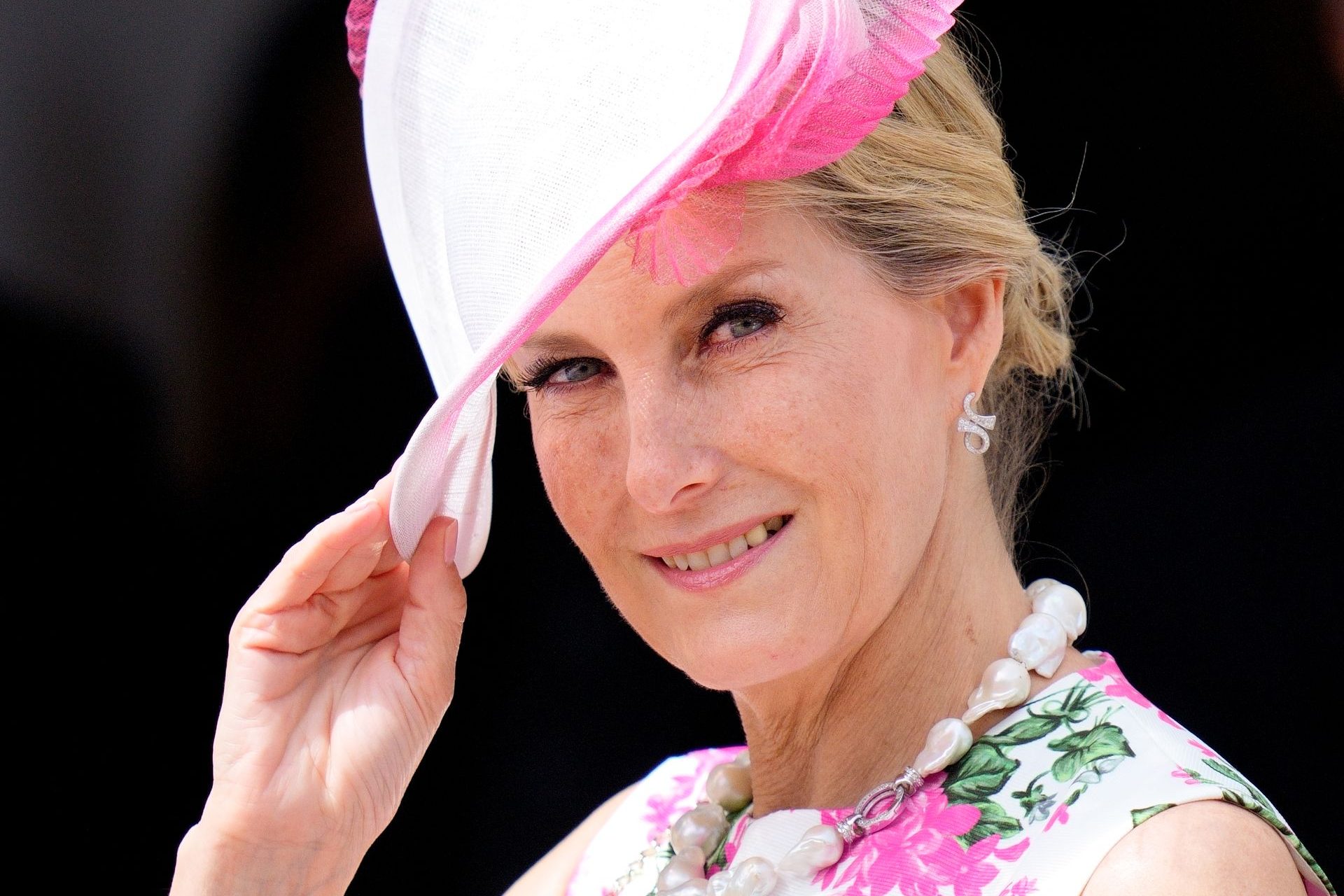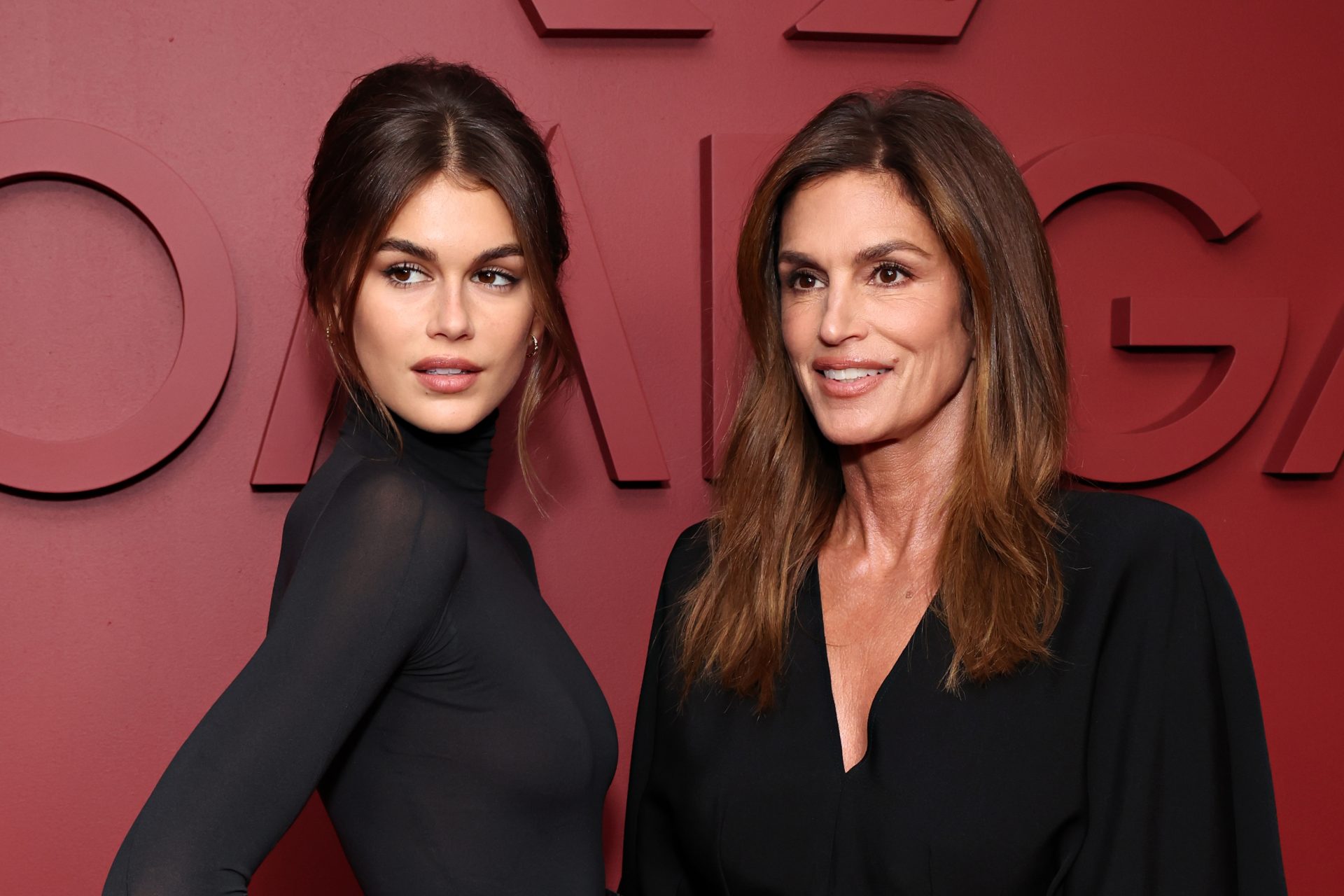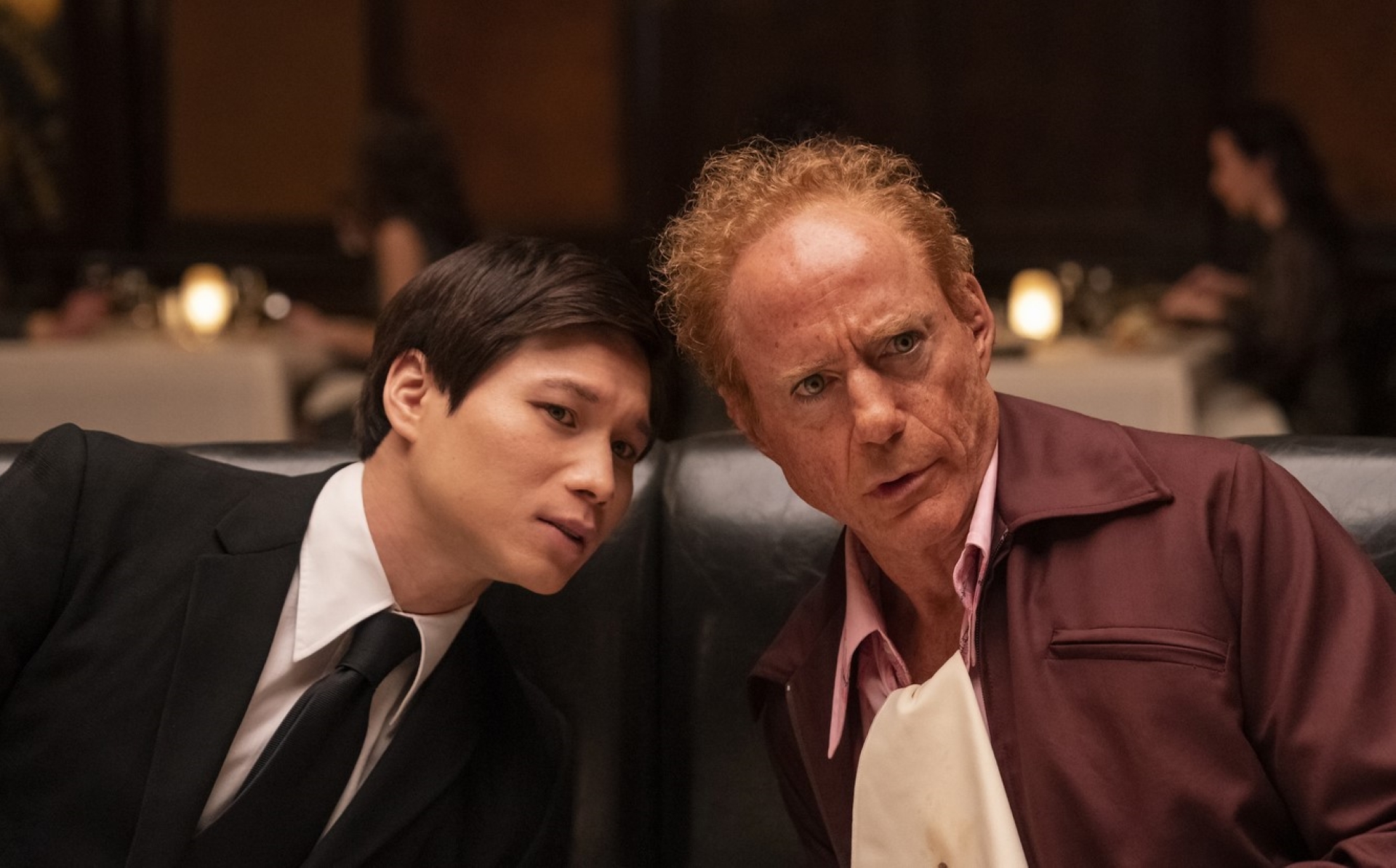From Frida Kahlo to Judith Leyster: Remember these unsung female painters in history
There are far more men than women in art history books. We know the 'Great Men' like Michelangelo, Picasso, Vincent van Gogh, and so on. But where have the women with the great painting talent gone? Here, for example, you see the Dutch Judith Leyster in a self-portrait.
In 1971, American scholar Linda Nochlin wondered where the 'Great Female Artists' were in the history books. She laid the foundation for a feminist art history that includes both women and men.
(Image: painting by German artist Dora Hitz, 'Girl in the Poppy Field,' 1891)
When it comes to the most important unsung female artists, the association La Roldana in Spain has made a list. Look further to see if you recognize any of these great painters.
(Image: Rosa Bonheur, 'Ploughing,' 1844)
Sabina Von Steinbach is said to have been the first female sculptor. Her existence is not fully confirmed, but she was first mentioned in 1617 by Schadaeus, a historian who said that the Strasbourg Cathedral had been built by the architect Erwin Von Steinbach and his daughter Sabina.
(Image: laroldanaplataforma website / Illustration by cromatica_edu)
Judith Leyster was a Dutch painter from the 17th century. She is considered one of the few female painters of the Golden Age whose work has survived to this day. Her works belong to the Baroque period.
Catharina Van Hemessen was a Flemish Renaissance portrait painter who worked in Antwerp. In addition to portraits she also painted religious images. In 1567 she was mentioned as a famous painter in a book about the Low Countries. One of her fans was Mary of Hungary.
(Image: laroldanaplataforma website / Illustration by cromatica_edu)
The organization promoting the recognition of female painters, La Roldana, is named after this artist. Luisa Roldán lived from 1652 to 1706. In 1692 she was appointed as the court sculptor to King Charles II and King Philip V, which made her the first woman to hold this position in Spain. On the very day that the Accademia di San Luca di Roma called her an academic of merit, in 1706, La Roldana sadly passed away.
Anguissola hails from Cremona, Italy, and is considered one of the pioneers of the Italian Renaissance. Michelangelo recognized her talent and was her mentor. She was one of the few women able to earn a living as a painter at the time. One of her clients was the court of King Philip II of Spain. Anguissola's paintings can be found all over the world today.
Lavinia Fontana was an Italian painter of the Mannerist period. She is best known for her portraits and historical depictions, but she has also created many religious works.
(Image: Instagram / Illustration by soniagarcita)
Rosa Bonheur, born in Bordeaux, was a French painter and sculptress who became famous for her animal paintings. Her work fell within the schools of naturalism and realism. Bonheur is now considered the most famous painter of the 19th century.
This self-portrait shows the painter Paula Modersohn-Becker. She was a pioneer of expressionism and the first artist in the world to have an entire museum dedicated to her. She died at a young age. The Paula Modersohn-Becker Museum in Bremen has commemorated her since 1927.
Camille Claudel was the only woman to work in the studio of the famous sculptor Auguste Rodin and she was also his mistress for many years. The French sculptress was forgotten for a long time, until art historians returned to acknowledge the importance of her work.
The Spanish artist Maria Blanchard was often discriminated against for suffering from kyphoscoliosis, a condition that caused stunted growth and limping. She is a great artist of Cubism and the avant-garde.
Sabine Lepsius was a German portrait painter. She lived and worked in Berlin and Munich. In 1898, 1901 and 1930 she was invited to the prestigious exhibitions of the VdBK (Berlin Association of Female Artists). Her work is kept in the archives of the association.
The Great Berlin Art Exhibition of 1898 featured Käthe Kollwitz's prints, in which poor weavers stand up to their exploitation. The prints are known as 'The Revolt of the Weavers' and are her best-known work.
Frida Kahlo, the well-known Mexican painter and artist, was born as the daughter of a Mexican painter and a German photographer in Mexico City. Kahlo's first solo exhibition took place at the Julien Levy Gallery in New York in 1938. She was one of the few female painters to receive significant recognition during her lifetime. In 1943 she became a professor at the La Esmeralda art school. She and her husband worked at this school for ten years.
Marina Abramović (born in Serbia in 1946) is considered a pioneer in the use of performance as a form of visual art.
(Image: laroldanaplataforma website / Illustration by mj_mora97)
Apart from these painters, many others could be mentioned, such as Dora Hitz (1856-1924), Ida Gerhardi (1862-1927), Elena Luksch-Makowskaja (1878 -1967) and Julie de Boor (1884-1932). In addition, there are female composers, writers, scientists, and so on, who also deserve a better place in the history books.
An example: the German pianist and composer Clara Schumann, who lived from 1819 to 1896.





























